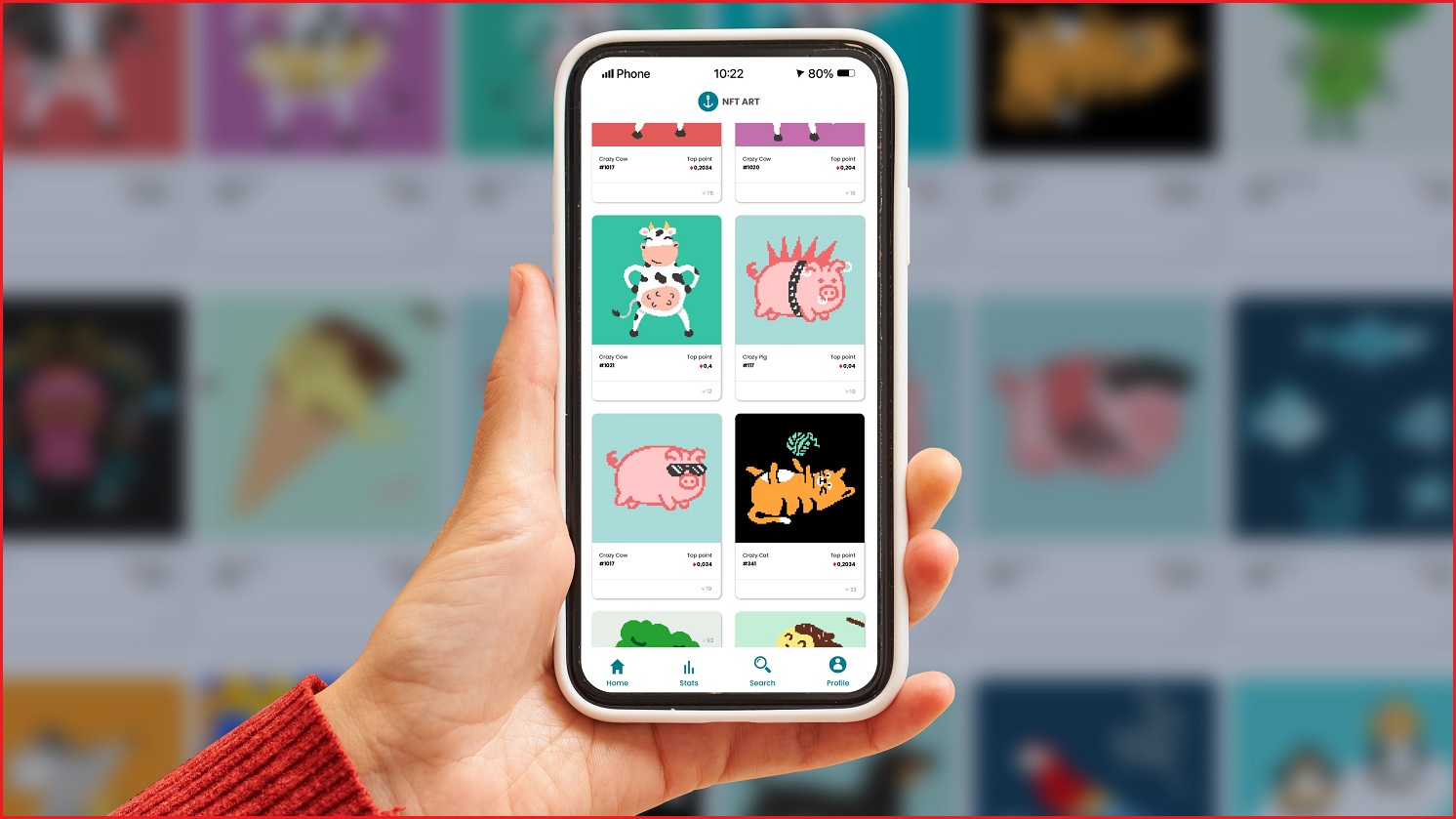They were hailed as a brave new world for investors, a killer use case for blockchain technology, and a way of revolutionising the art world – but less than three years on, a new analysis has found that 95 per cent of non-fungible tokens (NFTs) are effectively worthless.
Fully 69,795 out of 73,257 NFT collections identified by crypto specialist dappGambl have market capitalisations of 0 Ether (ETH), the firm’s analysis found, with the fact that just 21 per cent of NFT collections are fully sold confirming that the NFT market has been swamped with NFTs that nobody wants and no one will pay for.
The oversupply is a consequence of the NFT gold rush of early 2021, when hysteria about NFTs drove the creation of NFT collections by everybody from to Donald Trump to the AFL, Tennis Australia, eBay and digital artists like Beeple, HAPPY DECAY, and Pak – whose limited-edition NFT, The Merge, attracted nearly 29,000 collectors who collectively paid $143 million ($US91.8 million) for their NFTs.
At their heyday in September 2021, content creators sold $256 million ($US165m) of new NFTs while investors traded $1.1 billion ($US715m) worth of the digital collectibles, which use blockchain technology to create scarcity by indelibly recording the ownership of each NFT.
In April 2022, an investor who paid nearly $4 million for an NFT of former Twitter CEO Jack Dorsey’s first tweet trued to sell it for $65 million, but failed to attract even $400.
By January this year, however, new NFT sales had dropped to $2.5 million ($US1.6m) and in August, just $538,000 ($US346,000) worth of new NFTs were sold – with trading down to just $10.3 million ($US6.66m).
While NFT bellwethers such as the Bored Ape Yacht Club (BAYC) still generate six-figure sales, the precipitous drop in NFTs’ overall value “is a stark reminder that, while the NFT space has introduced a revolutionary new model for ownership and the monetisation of digital assets, it remains a highly speculative and volatile market,” dAppGambl NFT gaming specialist Vlad Hategan warned.
Of the top 8,850 NFT collections that are still actively being produced and traded, the analysis found that 1,614 (18 per cent) have a floor price of $0 – meaning that they are effectively “dead” and their creators will accept any money that anybody is willing to pay them.
Debunking the perception that NFTs are an easy route to make megabucks, dAppGambl found that 41 per cent of NFTs are priced between $7.77 ($US5) and $155.43 ($US100), the analysis found, while fewer than 1 per cent of the top NFTs have a price tag over $9325 ($US6000).
This relatively low value, Hategan said, “may signal a lack of perceived value among these digital assets… [and sheds] light on the rarity of high-value assets even within the cream of the crop… Despite all the flitter and allure, genuine value in this market can be elusive.”
Do NFTs still have a future?
The NFT crash marks an ignominious turn for a market that was, not too long ago, being heralded as a game-changer – with investors throwing money at NFT startups, recruiters predicting that blockchain-based technologies such as NFT would be the most in-demand skill set in the future, cybercriminal investors warning of NFTs’ use in scams and money laundering, and startups looking to disrupt content-based industries such as music, gaming, and social media.
Yet even as the market moves past “speculative and hopeful pricing strategies that are far removed from the actual trading history of these assets,” Hategan said, NFTs are likely to carve out an ongoing role that is both more constrained and more practical than those floated during the previous boom.
“As the market matures, NFTs are likely to increasingly pivot from mere collectibles to assets with tangible utility and significance,” Hategan said, noting the “practical use cases” that will help NFTs retain their value even as speculative investors take their money elsewhere.
These include applications such as preserving cultural heritage; in-game assets; token-gated access to events, content, or services; fractional ownership of digital assets; easier trading of real estate by tokenising property as NFTs; and using NFTs to provide verifiable, unique digital identities online.










